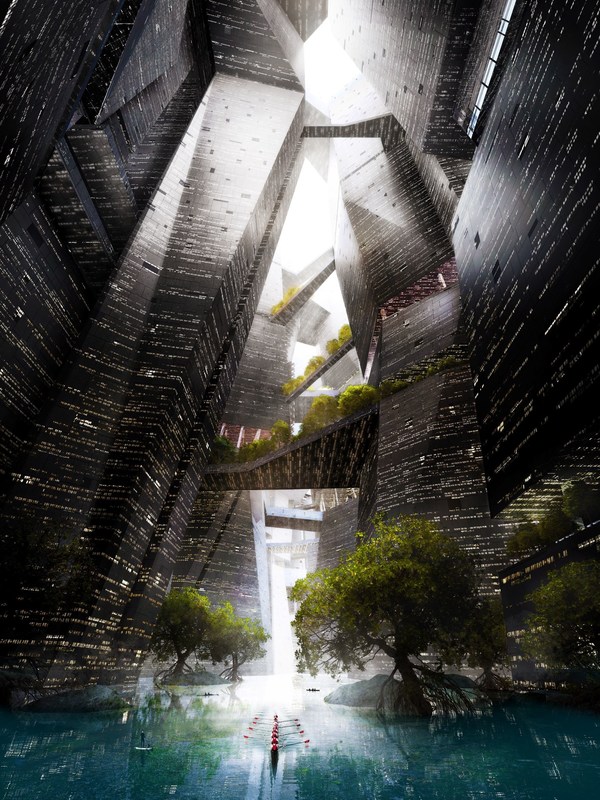BEIJING, July 20, 2022 /PRNewswire/ -- "To both the north and south of the Tianshan Mountains you can see lush pasture; The Gobi Desert has been turned into fertile fields with melted snow irrigating farms..." The lyrics of the popular folk song named "Xinjiang Is a Wonderful Place" offer a true picture of China's Xinjiang Uygur Autonomous Region.
The Tianshan Mountains, stretching for thousands of miles across China's northwestern frontier, divides Xinjiang in half. Chinese President Xi Jinping has always held great affection for the Tianshan Mountains as well as Xinjiang. During his recent visit, Xi witnessed both the peace and stability of Xinjiang's society and the prosperity resulting from its flourishing economy, on both sides of the Tianshan Mountains.
President Xi visited Xinjiang between July 12 and 15. He inspected nine places in three cities and attended a debriefing session and seven meetings. The president's high expectations were clearly shown by his packed schedule and the vigor and intensity of discussions he attended.
From a remote corner to a core hub
Xinjiang, the relatively enclosed hinterland, now plays a vital role in the China-proposed Belt and Road Initiative (BRI) with the foreign trade value reaching over 67.4 billion yuan ($9.99 billion) in the first five months of this year, up 30.9 percent year on year.
Containing the Urumqi China-Europe Railway Express Hub and a comprehensive bonded zone, the Urumqi International Land Port area is a landmark project in the construction of the BRI in the region.
Since its construction in 2015, the land port area has drawn over 30 billion yuan (about $4.44 billion) in investment and attracted more than 340 enterprises. A cross-border e-commerce project has also been implemented.
By June 2022, the land port area had operated more than 5,900 China-Europe freight train trips via 21 routes linking 26 cities in 19 European and Asian countries and regions. The trains carry over 200 categories of goods, ranging from daily necessities and garments to mechanical equipment and building materials.
"With Belt and Road cooperation advancing, Xinjiang is no longer a remote corner but a core area and a hub," Xi said while visiting the Urumqi International Land Port area.
A new vision
Accounting for one-sixth of China's land territory, Xinjiang is home to 13 ethnic groups, six major religions and more than 25 million people. It has always been a region with strategic value.
"On our journey in the new era, we will endeavor to build Xinjiang into a beautiful place that is united, harmonious, and prosperous, with an advanced culture, a happy life for all and sound ecological environment," Xi noted in the tour, calling for striking a proper balance between economic and social development and eco-environmental protection.
The region has seen a robust ecological development from 2010 to 2019, with a net increase of over 113 million mu (around 7.53 million hectares) of ecologically functional land as the latest land and resource survey of Xinjiang showed.
By 2019, the region had registered over 183 million mu (around 12.2 million hectares) of forests, 780 million mu (about 52 million hectares) of grasslands, 22.87 million mu (about 1.52 million hectares) of wetlands, and 33.18 million mu (about 2.21 million hectares) of rivers and lakes.
Xinjiang has planned to establish Kalamaili National Park and Kunlun Mountains National Park, the first of their kind in the region, to protect endangered species and local ecosystems.
According to the local government, it has set the region's average annual GDP growth target for above 6 percent during the 14th Five-Year Plan period (2021-25) and planned to create an average of 460,000 new urban jobs each year and bring the urban unemployment rate under 5.5 percent.










